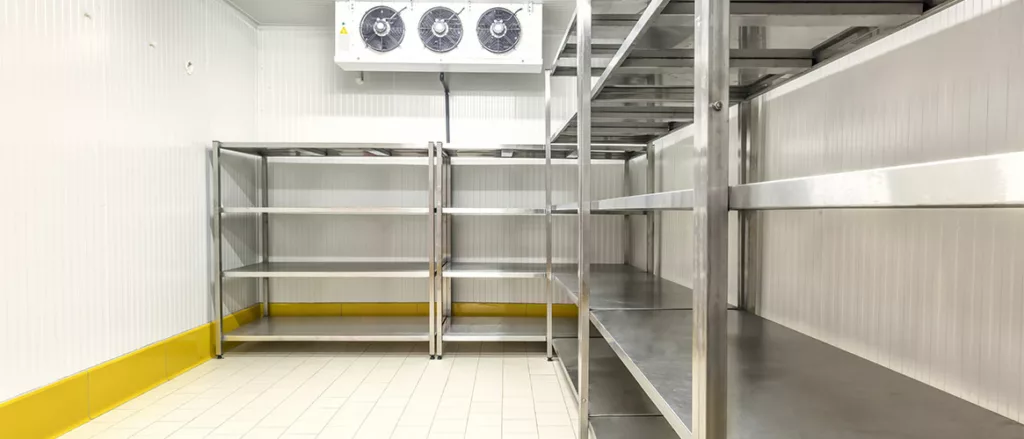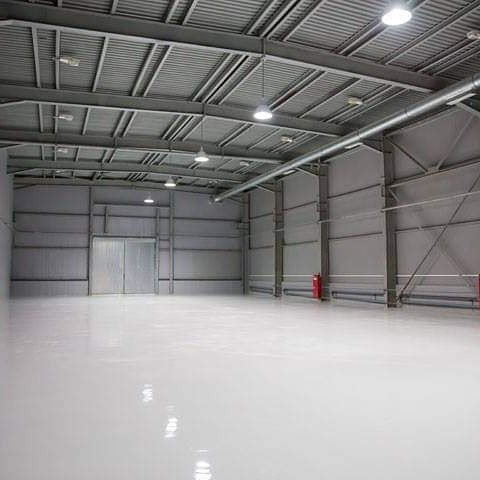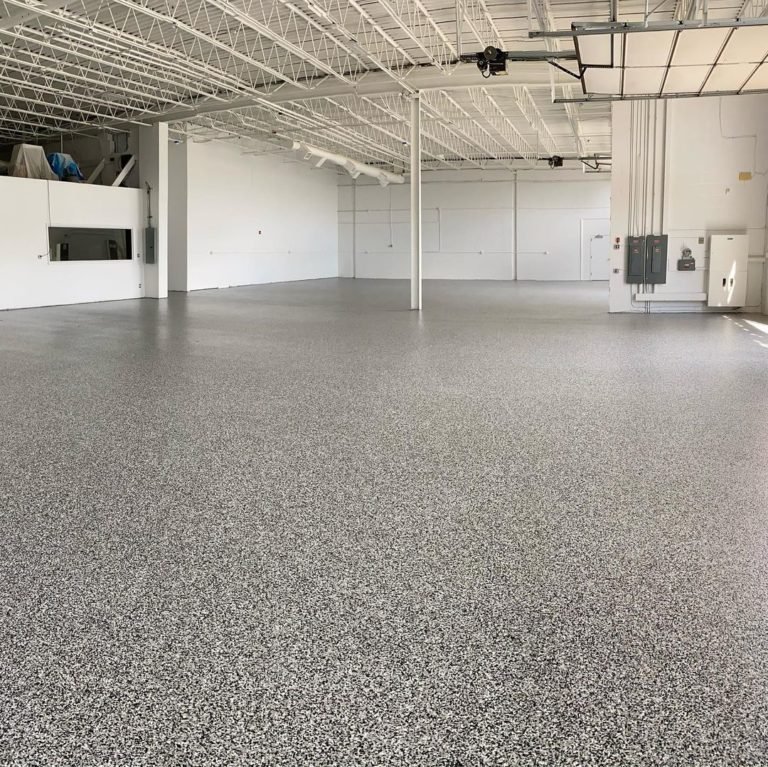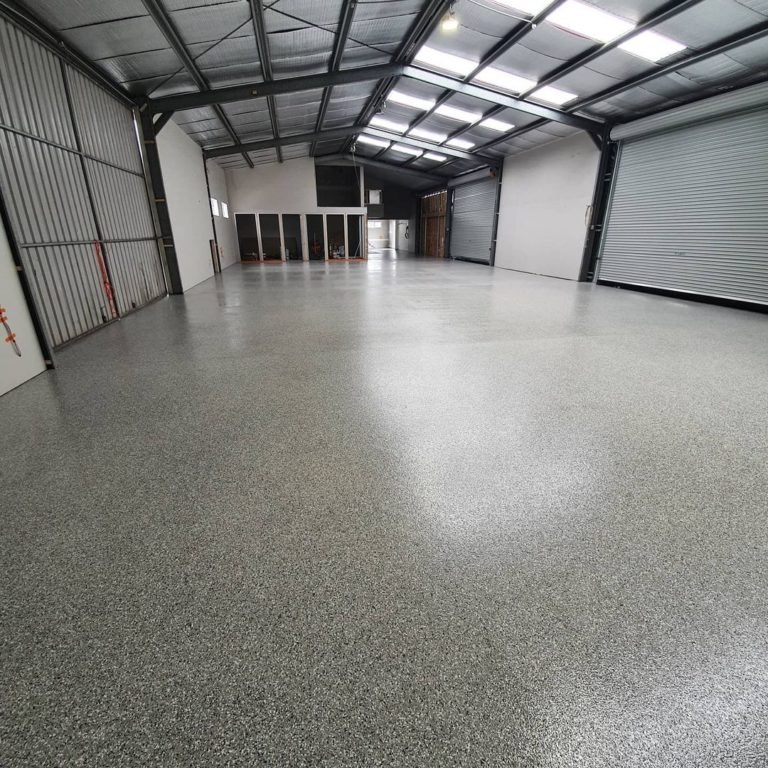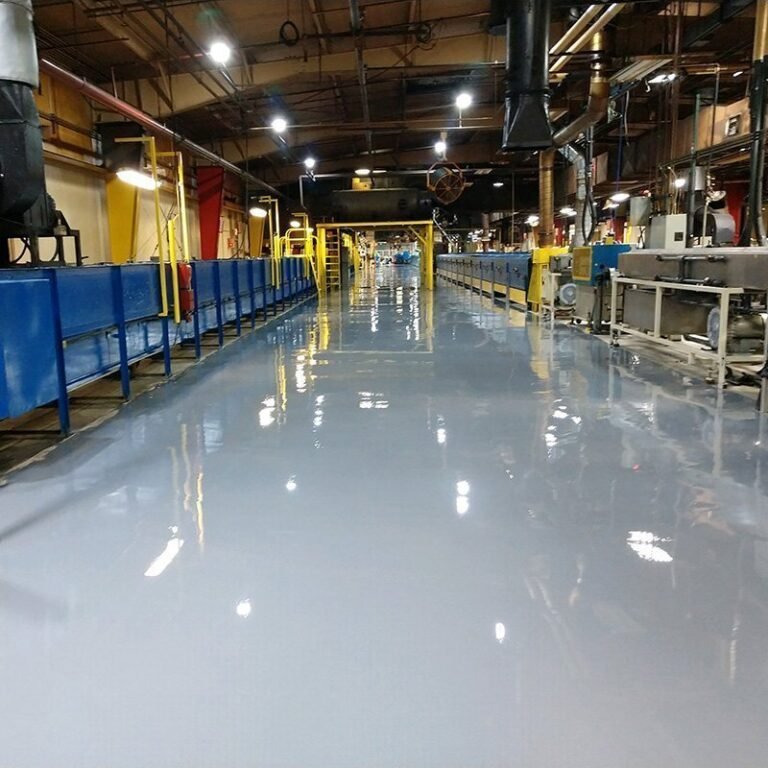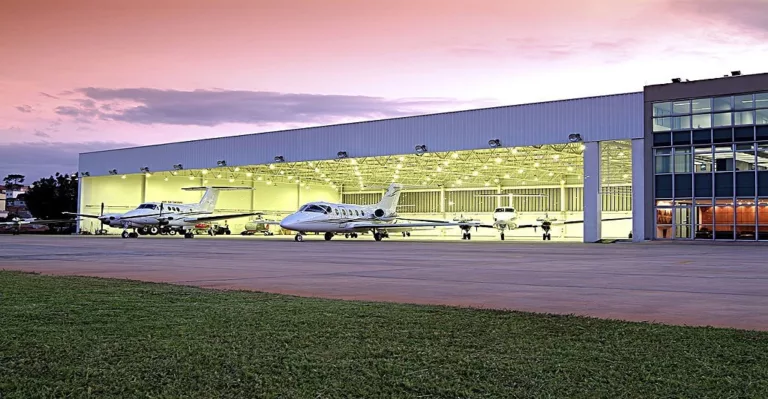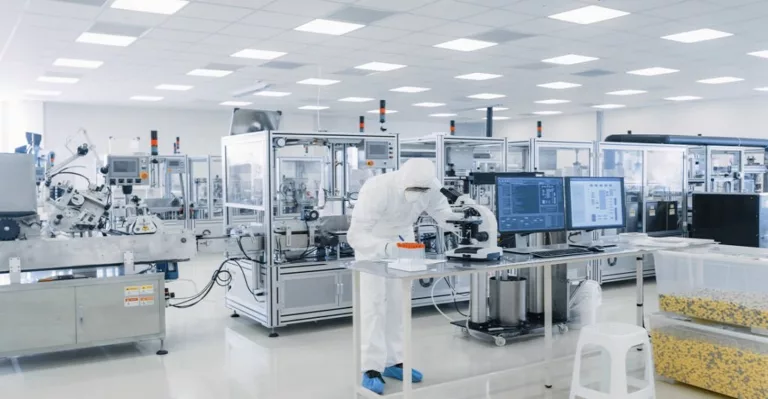Walk-In Cooler Epoxy Flooring — CFIA-Compliant, Seamless & Hygienic
A practical guide to CFIA-ready walk-in cooler and cold storage epoxy flooring for restaurants, food plants, warehouses and supermarkets across Vancouver & British Columbia — including key benefits, system types, installation steps and next actions with Priority One Epoxy Flooring.
Walk-in coolers, freezers and cold storage rooms are some of the harshest flooring environments in any facility. Constant moisture, wash-downs, pallet jacks, carts and freezing temperatures quickly expose weak concrete or basic paints. Cracked, pitted floors don’t just look bad — they can trap bacteria and attract the attention of health inspectors.
Properly specified epoxy and urethane flooring systems give Vancouver foodservice and industrial operators a seamless, CFIA-friendly surface that resists thermal cycling, moisture and chemicals while staying easy to clean. Below, we cover how these systems work, where they perform best and how Priority One Epoxy Flooring helps you pass audits with confidence.
Why epoxy & urethane flooring works so well in walk-in coolers
In refrigerated and frozen areas, conventional tiles, grout and bare concrete tend to fail. Grout lines open up, joints trap moisture, and freeze–thaw cycles cause cracking and delamination. Once that happens, water, food soils and bacteria find hiding places that are difficult to clean and impossible to fully sanitize.
A properly detailed resinous floor system eliminates many of these weak points by creating a continuous, non-porous surface with integrated cove base. That means fewer harbourage points, faster cleaning and a smoother path to passing health and CFIA inspections.
- Seamless system with cove base removes grout lines and open joints where bacteria can hide.
- Moisture-resistant build prevents water, blood, brine and condensate from penetrating the slab.
- Slip-resistant textures help keep staff sure-footed on wet or icy floors.
- Thermal-shock capable systems stand up to low temps and hot-wash sanitation cycles.
- Restaurants, commissary kitchens and ghost kitchens with walk-in coolers & freezers.
- Food processing plants and meat, seafood or produce facilities.
- Grocery stores, supermarkets and refrigerated distribution centres.
- Breweries, beverage plants, dairies and cold storage warehouses.
Best flooring systems for walk-in coolers, freezers & cold storage
Not every “epoxy” is suitable for cold rooms. Priority One Epoxy Flooring designs systems around temperature, cleaning method, traffic and regulatory requirements so you get performance where it matters most.
- High-build epoxy base for strength and chemical resistance.
- Urethane or polyaspartic topcoat tuned for abrasion and cleanability.
- Great choice for cooler corridors, prep spaces and light freezer traffic.
- Can be broadcast with quartz for additional slip resistance.
- Engineered specifically for extreme temperature swings and hot-wash cleaning.
- Ideal for blast freezers, processing rooms and floors that see steam or very hot water.
- Thicker builds protect concrete from cracking and spalling.
- Often installed with integral cove base and slope-to-drain details.
- Coloured quartz or aggregates broadcast into the resin for controlled texture.
- Helps manage slip hazards without creating surfaces that are hard to clean.
- Common in cooler thresholds, ramps, drain surrounds and high-traffic walkways.
- Available in light, clean colours that show spills and support hygiene audits.
How we install walk-in cooler epoxy flooring — step by step
Cold storage projects require tight coordination around downtime, product protection and temperature. Our process is built to minimize disruption while delivering a long-lasting, compliant floor.
- On-site assessment & planning: review slab condition, slope, drains, wall details, thresholds and current temperatures; plan shutdown phases and cure windows.
- Mechanical surface preparation: diamond grinding or shot-blast to remove contaminants and create the correct profile. No acid etch.
- Repairs, slope & cove: fix cracks, spalls and ponding; install or rebuild coves and slopes to drains where required.
- Primer & moisture/temperature strategy: use appropriate primers and, if needed, moisture mitigation products; manage temperature for proper cure.
- Body coat installation: apply epoxy or urethane cement system at the specified thickness for traffic and thermal shock.
- Broadcast & texture (if required): add quartz or aggregate to achieve the right balance of traction and cleanability.
- Topcoat & detailing: install chemical-resistant, easy-clean topcoats; detail transitions, thresholds and drain surrounds.
- Cure & handover: provide written cure times, cleaning guidelines and maintenance recommendations tailored to your operation.
Where cold-room epoxy flooring delivers the most value
Anywhere you combine low temperatures, moisture and food products, the right flooring system has a direct impact on safety, sanitation and audit outcomes.
- Seamless, easy-to-sanitize floors for walk-in coolers and freezers.
- Improved traction for staff moving quickly with heavy loads.
- Smooth transitions from prep areas into refrigerated rooms.
- Urethane cement systems for hot-wash sanitation and thermal shock.
- Integrated coves and drain details that support CFIA inspections.
- Designed for forklifts, pallet jacks and wash-down hoses.
- Heavy-duty surfaces for racking aisles, loading zones and staging areas.
- High-visibility finishes that improve lighting in cold, enclosed spaces.
- Resistant to brine, blood, leaks and de-icer tracked in from outside.
- Clean, professional floors in walk-in coolers and retail-adjacent cold rooms.
- Non-porous surfaces that won’t absorb spills, sugars or proteins.
- Colour options that align with brand and wayfinding needs.
Simple hygiene & maintenance practices for cold storage floors
Cold-room epoxy and urethane systems are built for fast cleaning. A few consistent habits help them perform at their peak and keep inspectors happy.
- Follow a regular wash-down schedule using approved, non-film-forming cleaners.
- Remove ice build-up near doors and thresholds before it can damage the surface.
- Inspect around drains, coves and doorways for impact damage or wear.
- Avoid gouging floors with pallet forks, metal skids or aggressive scraping tools.
- Plan periodic touch-ups or re-topcoats in high-wear lanes before the system wears through.
Can epoxy and urethane floors handle freezing temperatures?
Yes — when specified correctly. We use systems designed for cold and sub-zero conditions and install them with the correct thickness, primers and detailing so they can handle ongoing low temperatures and intermittent warm-ups during cleaning.
Are these floors CFIA- and food-safety friendly?
Resinous floors are widely used in CFIA- and FDA-regulated facilities because they are seamless, non-porous and easy to sanitize. We design systems with cove bases, drain details and cleaning protocols that support your HACCP or food-safety program.
Will the floor be slippery when wet or icy?
Texture is tuned by zone. In cooler and freezer rooms, we generally specify a fine, cleanable texture that improves traction while still allowing squeegees and autoscrubbers to work effectively. Ramps and thresholds can receive additional grip as needed.
How much downtime should we plan for?
Most projects are phased so product can be relocated and operations kept moving. Depending on the system, light foot traffic can often resume within 24 hours, with full service returning after a defined cure period. We’ll build a schedule around your production windows.
Can you resurface damaged or tiled cooler floors?
In many cases, yes. We remove loose or failing tile and coatings, repair the substrate, address moisture and thermal issues, then install a new seamless system over the prepared base. A site visit will confirm the best approach.
Priority One Epoxy Flooring provides on-site assessments, written specifications and turnkey installation for walk-in cooler, freezer and cold storage flooring systems throughout Vancouver and British Columbia. Protect your product, your team and your audit results with a seamless, hygienic floor built for cold environments.

